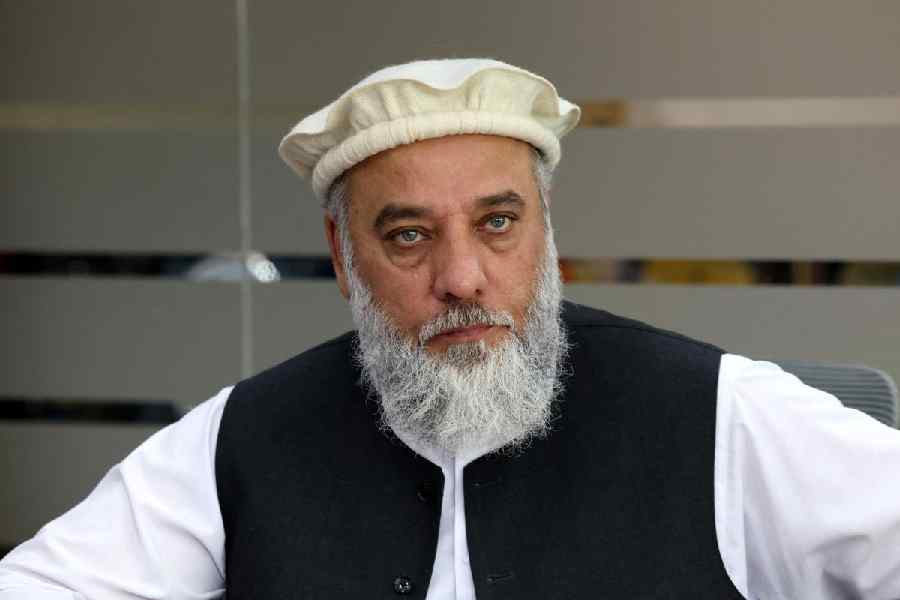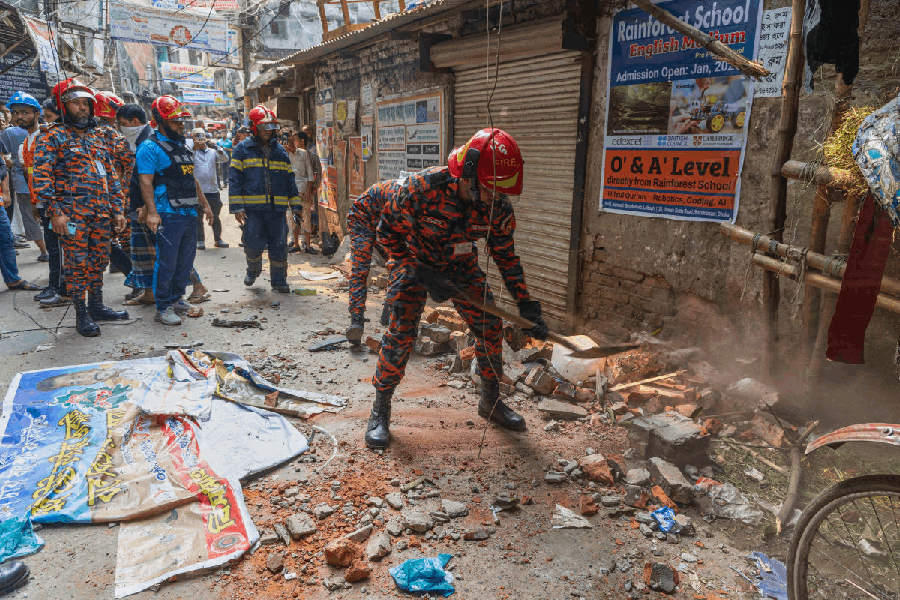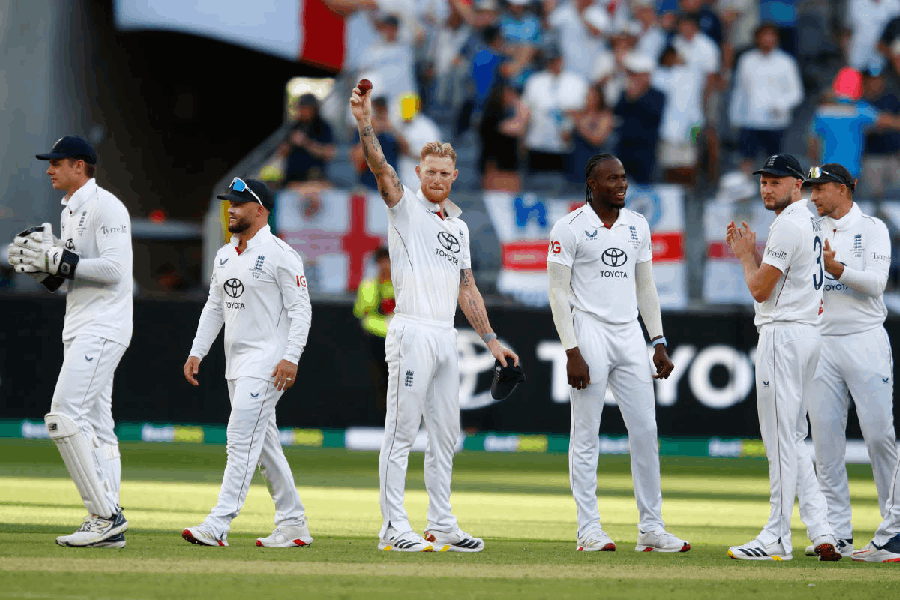Cancer treatment has changed by leaps and bounds over the past decade.
Advanced technology, greater attention to well-being during treatment and quality of life after treatment have made a disease whose outcome was a foregone conclusion not so long ago, a more familiar foe.
The Telegraph spoke to cancer specialists who treat the disease at various stages to understand what has changed and what has not.
A cancer patient may well have recovered completely from the disease, but friends and family continue to greet the person with “kemon achho ekhon (how are you now)?”, an uncomfortable question for a person who is now fit.
What has changed
Awareness and early detection:
About 15 years ago, most cancer patients would go to a doctor at an advanced stage of the disease.
“Earlier, most patients would come at stage four of the disease. Now, we get most patients who come at the second or third stages because of the awareness.
In most cases, cancer is curable at an early stage,” said Tanmoy Mandal, consultant medical oncologist.
“Now, we see people visit the doctor even if there is a small growth in the breast or slight bleeding from the rectum,” he said.
Surgical oncologist Gautam Mukhopadhyay said awareness had increased in the past
few years.
“Apart from the government, many doctors, social organisations and private hospitals have engaged themselves in awareness drives, which have had a cumulative effect. There should be more drives,” Mukhopadhyay said.
Earlier, more than half the patients would come to his clinic at an advanced stage, and often the cancer would have spread to other parts of the body.
“Now, 65 to 70 per cent come at an early stage. If the cancer is in one area, surgery is a good option for solid tumours,” he said.
Diagnosis and treatment:
Better diagnostic tools and advanced treatment protocols have led to many patients having better remission and leading better lives.
“A malignant tumour detected in the lung does not necessarily mean the cancer is in the lungs. It could have originated in the pancreas and spread to the lungs. Earlier, this could be difficult to diagnose,” said Mandal.
Now, with advanced diagnostic tools, such metastasis can be detected better.
Targeted chemotherapy and genomics testing have made treatment outcomes much better. There are drugs with fewer side effects and immunotherapy drugs that prevent the disease from recurring.
Radiation therapy has seen huge advancements.
“There is practically no similarity in radiation therapy between what it used to be 10-15 years ago and now. The advanced radiation therapy has led to patients leading productive lives after treatment,” said Sayan Paul, a cancer specialist.
In surgical oncology, too, there have been dramatic advancements.
“In the past decade, advancement of cancer surgery, particularly robotic surgery that is minimally invasive, has shown better outcomes,” said Mukhopadhyay.
An increase in the number of super-specialists in oncology has helped in better diagnosis and treatment, Mukhopadhyay said.
Side effect management:
Cancer treatments come with mild to severe side effects that have physical and psychological impacts on patients.
Loss of hair, nausea, neuropathy and allergic reactions are some common side effects.
“Earlier, these side effects were not in focus. It was taken for granted that patients would have to bear them. Now, there is greater focus on managing side effects,” said Mandal.
“There are drugs to manage side effects, leading to a better quality of life during treatment.”
Doctors are more attentive to the psychological impact of the disease, too. “Patients often go into depression. So, the roles of psychologists and psychiatrists are crucial,” he said.
Post-treatment:
Better outcomes have often led to a more purposeful life after treatment.
“We have seen increased productivity after successful treatment in some. They feel they have got a new lease of life,” said Paul.
Tanima Saha, 46, was diagnosed with breast cancer in 2022 and underwent surgery and therapies. She teaches molecular biology and biotechnology at Kalyani University.
“I rejoined work in February 2023 and changed my research area to cancer because I want to give something back to society,” she said.
Her research area earlier was bioprocess engineering, now she focuses on cancer biology.
Saha has a social media channel where she regularly posts videos on cancer awareness.
Pradipta Ghosh, 60, a retired bank employee, had cancer in the larynx in 2011 and underwent surgery in 2012.
“Since then, I lead a normal life. Every day, I ride my motorcycle and meet my friends,” said Ghosh, a resident of Bansdroni.
“I am not scared of anything,” he said.
What has not changed
- Social taboo
The taboo associated with the disease has reduced compared to what it used to be a few years ago, but it is still there.
“Many people think since I had cancer, all my hair has fallen out, which is not true. They ask me whether I wear
a wig. I feel so hurt,” said Ghosh.
Paul, the cancer specialist, said: “Cancer patients don’t want sympathy. Sympathy makes them uncomfortable. But friends and family members often shower them with sympathy.”
A college student, who has recovered from cancer, said she regularly faces the question of how she is doing.
“I am reminded that I have cancer, which is humiliating,” she said.











